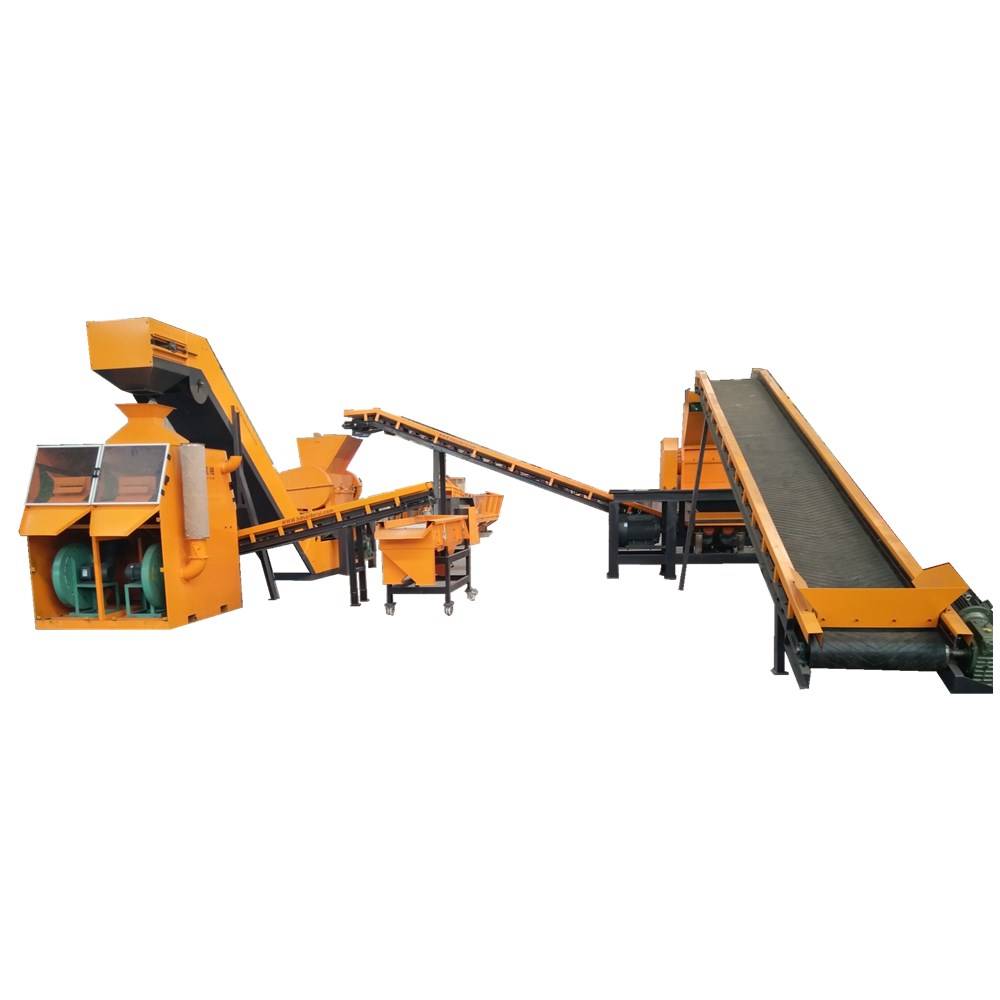
10 月 . 02, 2024 15:24 Back to list
The Impact of Eddy Current Waste Separation Technology
In recent years, the global push towards sustainability has prompted innovative approaches to waste management and recycling. One such advancement is the application of eddy current separation technology, which offers an efficient method for sorting non-ferrous metals from waste streams. As the world continues to grapple with increasing waste generation and the need for resource recovery, eddy current separators emerge as a crucial component in modern waste recycling systems.
Eddy current separation is based on the principle of electromagnetic induction. When conductive materials are subjected to a changing magnetic field, they generate eddy currents, which create their own magnetic fields. In a waste separation context, this technology uses a high-frequency magnetic field to induce these currents in metallic objects as they pass over a conveyor system. Non-ferrous metals, such as aluminum, copper, and brass, are then propelled away from other materials, which allows for effective separation.
The Impact of Eddy Current Waste Separation Technology
Moreover, the technology is known for its high recovery rates. Non-ferrous metals are valuable commodities, and their recovery is essential for both economic and environmental reasons. The process can achieve recovery rates of over 90%, ensuring that valuable materials are not lost in the waste stream. This not only maximizes resource recovery but also reduces the environmental impact associated with mining and processing new metals, making it a win-win for both the economy and the planet.

In addition to the efficiency and recovery rates, eddy current separation technology also has a small footprint, making it suitable for various facilities. As cities and communities seek to improve their waste management systems, the integration of energy-efficient technologies such as eddy current separators can help streamline operations without requiring extensive space or infrastructure modifications.
Another significant benefit of this technology is its adaptability. Eddy current separators can be configured to separate materials of varying sizes and shapes, allowing them to be customized for specific waste streams. This flexibility means that more facilities can integrate this technology into their operations, further enhancing overall recycling capabilities.
The environmental implications of adopting eddy current separation technology are profound. Increasing the recycling rates of non-ferrous metals contributes to a circular economy, where materials are reused rather than discarded. This practice reduces the strain on natural resources and minimizes greenhouse gas emissions associated with metal extraction and processing. The environmental benefits become increasingly critical as the urgency of climate change compels industries to adopt more sustainable practices.
Despite these advantages, some challenges remain. The initial investment for installing eddy current separation systems can be substantial, which may deter smaller recycling operations. However, the long-term savings and increased revenue from recovered materials often outweigh these initial costs. Education and support for small businesses in finance and implementation strategies can help bridge this gap, ensuring broader adoption of this effective technology.
In conclusion, eddy current waste separation technology plays a vital role in enhancing recycling efficiency and promoting sustainable waste management practices. With its capability to effectively recover non-ferrous metals, its adaptability for various applications, and its environmental benefits, it stands out as a promising solution to modern waste challenges. As communities and industries continue to prioritize sustainability, the integration of eddy current separators in waste management systems will undoubtedly contribute to a more circular economy, ultimately benefiting society and the environment. By investing in such innovative technologies, we can turn waste into valuable resources, paving the way towards a more sustainable future.
Latest news
Unveiling the Power of Eddy Current Separator
NewsSep.25,2024
Transform Your Home Recyclin:home metal shredder
NewsSep.25,2024
The Future of Waste Management with Recycling Line Picker
NewsSep.25,2024
The Benefits of a Metal Recycling Plant
NewsSep.25,2024
Revolutionize Material Separation with Onwang Technology
NewsSep.25,2024
Innovative Waste Management: Unveiling the MSW Sorting Plant
NewsSep.25,2024